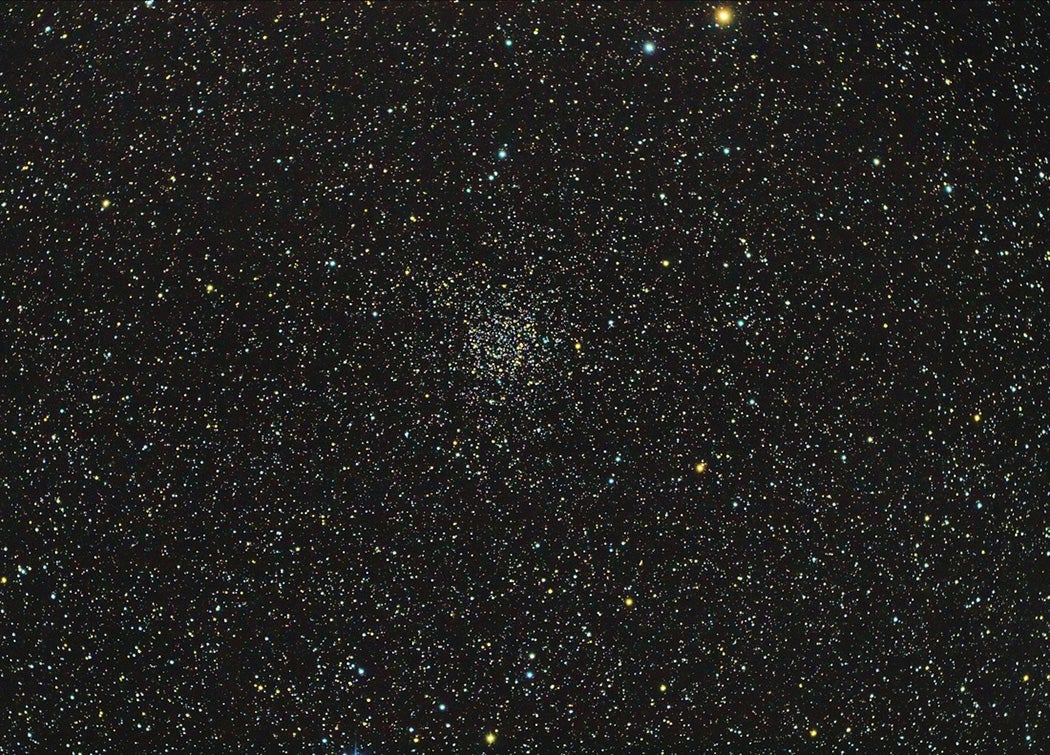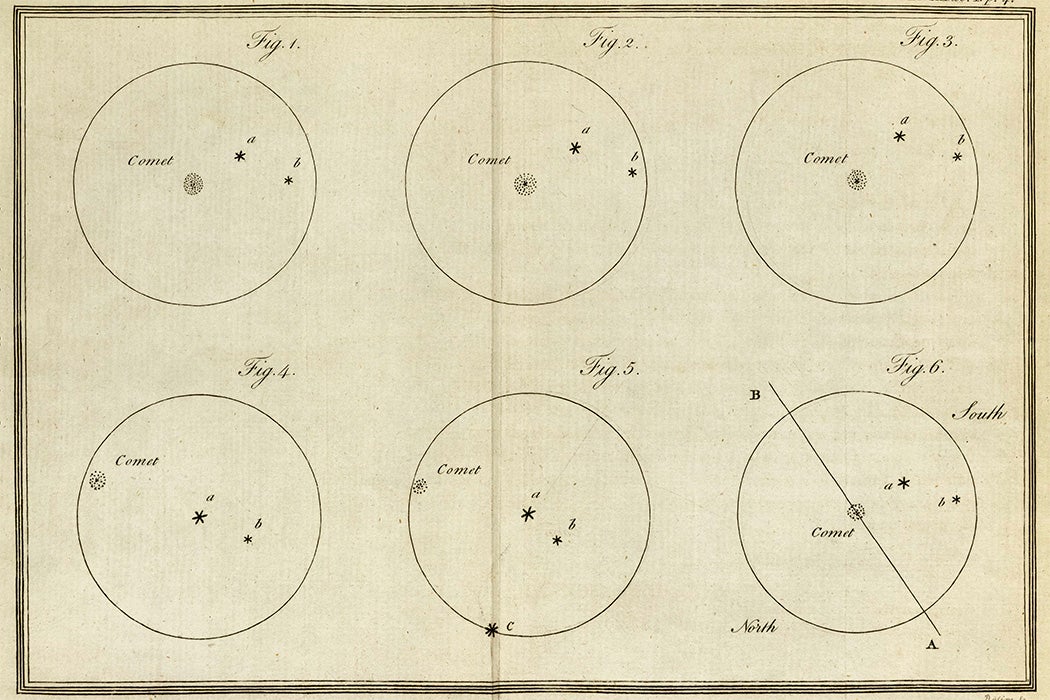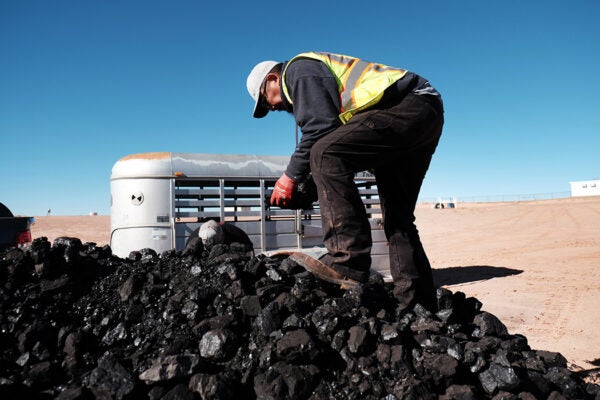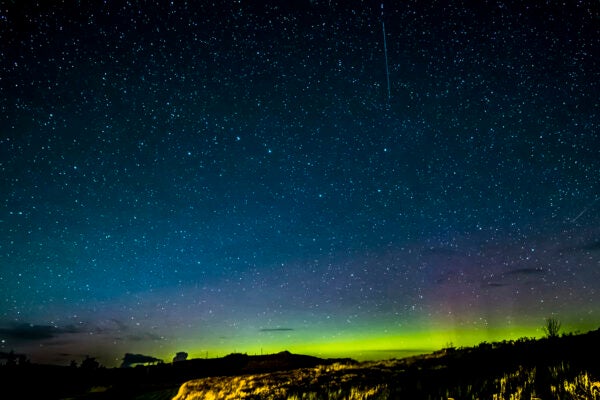Caroline Herschel used her freedom wisely. Her schedule was seldom her own, governed as it was by her older brother, William. By day, she ran his household; by night, she worked as his astronomical assistant. But William’s unusual absence offered her the opportunity to select her own pastimes. And on the evening of August 1, 1786, she chose to set up her small telescope and spend the dark hours making her own observations.

As she described in a letter penned to the Royal Society the following night,
about 10 o’clock, I found an object very much resembling in colour and brightness the 27th nebula of the Connaissance des Temps, with the difference however of being round. I suspected it to be a comet,” she wrote, “but a haziness coming on, it was not possible intirely [sic] to satisfy myself as to its motion till this evening. I made several drawings of the stars in the field of view with it, and have inclosed [sic] a copy of them, with my observations annexed, that you may compare them together.
The paper was—in her own self-effacing words—an “imperfect account of a comet,” but she was hardly a novice astronomer; she had been “sweeping” the sky (looking through the eyepiece as the telescope was steadily “swept” from horizon to zenith) for non-stellar objects since 1782, when William decided she would be trained as his assistant. By 1786, she had proven that she was more than a mere assistant. She was an expert interlocutor for William and a keen observer in her own right.

But she knew the rules of engagement with the Royal Society. As historian of science Emily Winterburn explains, the language Herschel used in her report “highlights her awareness of the proper codes of conduct for women, and the expectations of the scientific community.” Where male observers might make a bold announcement of priority for a discovery, Herschel “clouded her announcement in social, almost domestic remarks… At the same time, she astutely identified the information required to make hers a genuine scientific claim.”
Following her gentle claim to priority as discoverer, Herschel made clear her history of working with William, establishing him as her source of expertise. “The employment of writing down the observations, when my Brother uses the 20-feet [sic] reflect, does not allow me time look at the heavens,” she admits, “but as he is now on a visit to Germany, I have taken the opportunity of his absence to sweep in the neighborhood of the sun, in search of comets…”
After downplaying her skills and even interest, Herschel immediately added enough information to demonstrate that her opening paragraphs were about modesty and protocol, not a lack of expertise. She provided the specifications for her telescope (“a Newtonian sweeper of 27 inches focal length, and power of about 20, the field of view is 2° 12′”), noted the positions of all stars in the field, carefully documented the motion of the comet against the fixed stars, and drew precise sketches showing the object’s location.
Weekly Newsletter
The letter was not even two full pages, and yet, notes Winterburn, Herschel “managed to pack in both her self-effacing, yet authoritative cushioning, and succinct and rigorous account of her observations, conclusions and defence of their credibility. It is an impressive achievement, and delicately done.”
Herschel’s “imperfect account” of her discovery was the first scientific paper written by a woman to be read to the Royal Society and one of the first written by a woman to be included in the proceedings of a scientific society anywhere in the world.
In 1856, Eunice Newton Foote discovered the heat-trapping properties of CO2. Her work was presented at the AAAS by a man.
How 19th Century Scientists Predicted Global Warming
Support JSTOR Daily! Join our new membership program on Patreon today.








